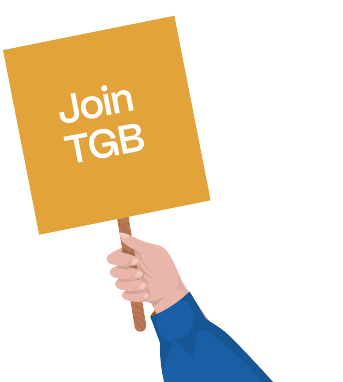What It Is
Player profiles are structured representations of gambling customers, used to inform product design, personalisation, and responsible gambling strategies. These profiles can take various forms, from high-level personas to detailed behavioural archetypes, but their core purpose is to help teams design experiences that meet player needs, preferences, and risk profiles.
In gambling, traditional player profiling often relies on demographic segmentation (age, gender, income) or simplistic gaming preferences. However, design teams increasingly require more functional, behaviour-based insights that reflect actual player motivations, session patterns, value contribution, and risk factors.
Why It Matters to Gambling Executives
Effective player profiles improve design decision-making across a wide range of business functions. For product teams, they support the creation of more engaging, tailored content that aligns with how real players interact with games. For responsible gambling teams, they offer a more nuanced understanding of vulnerability risk, beyond static limits or spend thresholds.
Poorly constructed profiles, especially those based on outdated or vague assumptions, can waste development effort, reinforce biases, or result in features that underperform. For example, a generic “high roller” profile might ignore how volatility preferences or session pacing differ between similarly high-spending players. Meanwhile, overreliance on average behaviours can obscure important segments like time-limited players, social gamblers, or those with risky play escalation patterns.
As gambling regulation evolves, particularly around personalisation and harm prevention, the ability to show that product decisions are informed by valid, dynamic player models will become increasingly important. This is especially true in jurisdictions demanding demonstrable consumer understanding as part of design, not just marketing or compliance.
Key Considerations
- What data informs your profiles?
Design-aligned profiles should be grounded in behavioural telemetry, session flow data, and customer service feedback, not just CRM or market research snapshots. - Are profiles tied to actual design decisions?
Profiles should influence roadmaps, feature prioritisation, and testing criteria. If they exist only in presentation decks, they are not doing their job. - How frequently are profiles reviewed and updated?
Real player behaviours shift with seasonality, regulation, and content cycles. Static profiles risk becoming irrelevant within months. - Do profiles include risk markers or protection needs?
Effective models consider not just what players enjoy, but what they avoid or where their play may become harmful. This is key for safer design. - Can your teams access and apply profiles in their workflows?
Profiles must be usable across disciplines, product, design, data science, and RG. That means language, format, and accessibility all matter.
TGB Note
This topic is being explored within the TGB Player Protection Innovation Group. Members are currently benchmarking profiling models used in game studios versus those used by RG teams. To participate or access the working paper, contact group lead via The Gaming Boardroom platform.
Sources
- Gambling Commission (UK), Guidance on Customer Interaction
- Behavioural Insights Team, “Gambling and Behavioural Design”
- Playtech Sustainable Gambling Report
- Academic literature on gambling motivation and play styles (e.g., Wood & Griffiths, 2015)





